
How Often Can You Ultrasonic Clean Jewelry Safely at Home
Wondering how often can you ultrasonic clean jewelry? Use an ultrasonic cleaner weekly for diamonds, sapphires, and rubies; every 2–4 weeks for spinel and chrysoberyl; monthly for clean, untreated quartz and garnet; and every 6–8 weeks for peridot. Avoid ultrasonics for tanzanite, emerald, opal, pearls, and turquoise. Use distilled water with a mild, non-ammoniated detergent, keep pieces off tank walls, and inspect prongs, pavé, and solder seams before and after. Stop if stones rattle or settings shift. For everyday pieces that can handle water exposure, explore our Waterproof Jewelry collection. There are important metal and setting nuances you should know next.
Understanding How Ultrasonic Cleaners Work and When to Use Them
Although the process seems simple, an ultrasonic cleaner uses high-frequency sound waves (typically 20–40 kHz) to create microscopic cavitation bubbles in a liquid bath that implode against jewelry surfaces, dislodging embedded grime, oils, and polishing compounds.
You harness ultrasonic technology to reach crevices that brushes can’t access, improving cleaning effectiveness without abrasive contact. Use distilled water with a mild, non-ammoniated detergent, degas the bath, and guarantee pieces don’t touch the tank walls.
Inspect settings, prongs, and seams first; loose stones can eject under cavitation forces. Limit cycle duration to short intervals, then rinse with deionized water and dry with lint-free wipes.
Avoid porous or fracture-filled items, glued components, and watches without stated water resistance. When uncertain, default to manual cleaning methods.
Safe Frequency Guidelines by Gemstone Type
With the mechanics of cavitation in mind, set your cleaning cadence by gemstone stability, not by habit. Anchor cleaning frequency to gemstone durability and known susceptibility to heat, inclusions, and lattice weaknesses.
Diamonds, sapphires, and rubies (Type IIa diamonds excepted if heavily included) tolerate weekly ultrasonic cycles. Spinel and chrysoberyl: every two to four weeks.
Quartz family (amethyst, citrine, smoky): monthly, only if free of fractures and dye. Topaz: every six to eight weeks; avoid if coated.
Garnet: monthly, but skip if fractured. Peridot: every six to eight weeks.
Tanzanite, emerald (especially oil-filled), opal, pearl, turquoise, lapis, malachite, moonstone: don’t use ultrasonics—clean by hand.
Heat-treated or fracture-filled stones: avoid ultrasonics entirely. When uncertain about treatment status, default to the most conservative interval or manual cleaning.
Metal and Setting Considerations That Affect Cleaning Intervals
Even when the gemstone can handle cavitation, the metal and setting dictate how often you should run an ultrasonic cycle.
Evaluate metal durability first: platinum tolerates frequent cycles; 18k and 14k gold are softer, so reduce frequency; white gold with rhodium plating can thin with aggressive routines; sterling silver may pit if alloyed poorly. Inspect solder seams and previous repairs; weak joints amplify ultrasonic stress.
Assess setting integrity. Prong wear, micro-pavé with thin beads, and shared-prong arrays are vulnerable to vibration; extend intervals and verify under magnification.
Channel and tension settings rely on precise tolerances—limit cycles to prevent micro-shift. Antique pieces with porous alloys or lead-solder require minimal exposure.
After each session, check for prong deflection and stone movement to confirm stability between cleanings.
Red Flags You’re Cleaning Too Often
If surfaces look brighter but structural cues degrade, you’re over-cleaning. Watch for loosened prongs, shifted bezels, and stones that rattle when tapped—cavitation can fatigue metal and widen tolerances.
Micro-scratches that weren’t present before indicate abrasive redeposition of debris. A cloudy film returning within days after frequent cleaning suggests detergent residue trapped in galleries.
Hinge play increasing on bracelets or clasps that feel less crisp signals wear at pivot points.
You should also note diminished hallmark legibility, softened milgrain, or thinning edges on knife-edge bands—early indicators of jewelry damage.
If ultrasonic cycles produce black particulate in the tank from the same piece, you’re stripping oxidation layers or solder flux remnants.
Extend intervals, shorten cycle duration, lower temperature, and recheck torque of screws and settings post-clean.
Pieces You Should Never Put in an Ultrasonic Cleaner
Although ultrasonic cleaners excel at dislodging grime, you must keep vulnerable materials out of the tank to avoid fractures, decolorization, or failed settings.
Skip porous or cleavage-prone gems: emerald (often oil-filled), opal, pearl, coral, turquoise, lapis, malachite, and tanzanite.
Avoid heat- or diffusion-treated stones, fracture-filled diamonds, and coated gems; cavitation can strip films and propagate cracks.
Don’t submerge soft metals or finishes—gold plating, vermeil, rhodium plating, and enamel—since microbubbles erode thin layers.
Bypass antique pieces with delicate prongs, filigree, or foil-backs; vibration can loosen rivets and disturb patina.
Steer clear of glued settings; adhesives fail under ultrasonic stress.
Finally, avoid watches (unless rated) and any item with loose stones or unknown treatments—when in doubt, don’t immerse.
Safer Alternatives for Delicate or Treated Jewelry
When ultrasonic cleaning isn’t appropriate, switch to low-risk methods that protect fragile structures and treatments. Use a mild, pH‑neutral jewelry detergent in distilled water.
For delicate gemstones—opal, emerald (oiled), pearl, turquoise, tanzanite—clean by hand: dampen a lint‑free cloth or soft cosmetic brush, then gently agitate surfaces without soaking. Keep settings dry; avoid prolonged immersion and heat.
Stabilize rings by supporting prongs and bezels with your fingers to prevent torque. For treated metals, especially rhodium‑plated white gold or vermeil, avoid abrasives, ammonia, and acidic cleaners.
Instead, employ a microfiber cloth and light surfactant; rinse with distilled water and pat dry. Use a hand‑held blower to expel moisture under galleries.
Inspect under magnification for loosened stones before and after cleaning.
Maintenance Tips to Keep Jewelry Clean Longer Between Sessions
Because daily habits dictate buildup, adopt preventive care that minimizes abrasion, residue, and moisture entrapment. Remove rings before applying lotions, sunscreen, or hair products.
After wear, rinse pieces in lukewarm water and blot dry with a lint-free cloth; never air-dry settings that can trap moisture. Use only manufacturer-approved cleaning products, diluted per label, and avoid ammonia or acids on porous gems.
Optimize jewelry storage: segregate metals and gemstones to prevent contact scratches, use soft-lined compartments, and add silica gel to control humidity.
Close clasps before stowing chains to prevent tangling and stress on links. For watches and set stones, inspect prongs and bezels weekly with a loupe; address looseness promptly.
Rotate wear to limit friction. Finally, remove jewelry during workouts, swimming, and household chemicals.
Frequently Asked Questions
Can Ultrasonic Cleaning Affect Jewelry Appraisals or Warranties?
Yes. You risk altering appraisal accuracy and jeopardizing warranty validity if cavitation loosens stones, erodes settings, or removes treatments. Consult the manufacturer, document procedures, and use approved solutions and frequencies. Avoid ultrasonic cleaning for fragile, treated, or micro‑pavé pieces.
Are There Insurance Implications for Damage From Ultrasonic Cleaners?
Yes. Insurers may limit insurance coverage for ultrasonic-induced damage, citing maintenance exclusions. You should review your policy, document condition pre-cleaning, and confirm endorsements. Without proof and jeweler guidance, damage claims risk denial or reduced payouts; professional cleaning preserves insurability.
How Loud Are Home Ultrasonic Cleaners and Are They Pet-Safe?
They’re typically 50–70 dB, like a conversation, but transducers emit ultrasonic harmonics pets may detect. Monitor pet reactions; isolate the device, close doors, and avoid use near crates. If distress appears, stop and relocate.
Do Cleaning Solutions Expire or Require Special Disposal?
Yes—formulations degrade. Check manufacturer-stated cleaning solution shelf life; replace when cloudy, separated, or odorous. Don’t pour spent solutions down drains. Follow SDS guidance, local hazardous-waste rules, and proper disposal methods; label containers, seal, and transport to approved collection sites.
Can Ultrasonic Waves Interfere With Pacemakers or Medical Implants?
Yes—ultrasonic waves can interfere with pacemaker safety and other implanted medical equipment if exposure occurs. Keep cleaners several feet away, avoid direct contact, and consult your cardiologist and device manual. When uncertain, choose alternative cleaning methods to eliminate electromagnetic and mechanical risk.
Conclusion
You’ve got the tools to clean smart, not just often. Follow gemstone-specific intervals, assess metal integrity, and inspect prongs and adhesives before every cycle. If you see loosened stones, clouding, micro-abrasions, or milky coatings, stop and switch to gentler methods. Never ultrasonically clean porous, fractured, heavily included, or treated gems. For routine care, use mild soap, a soft brush, lint‑free cloths, and sealed storage. When uncertain, defer to a professional jeweler—safety and structural integrity come first.


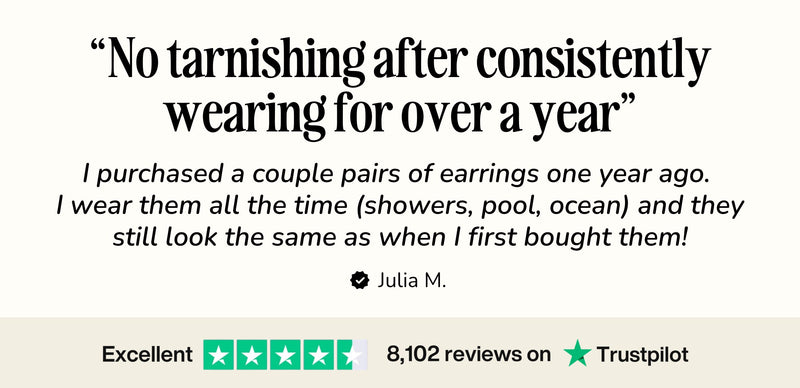




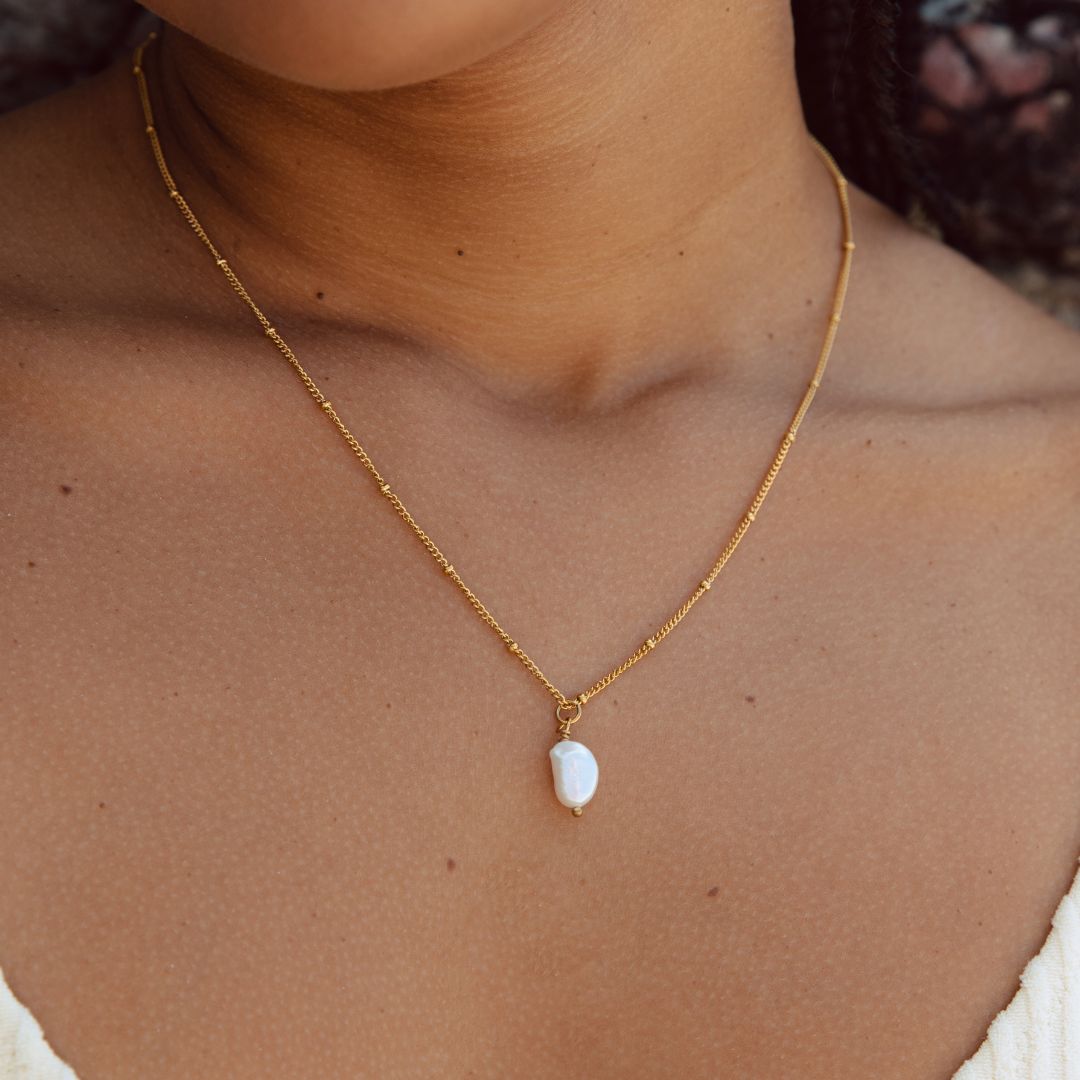

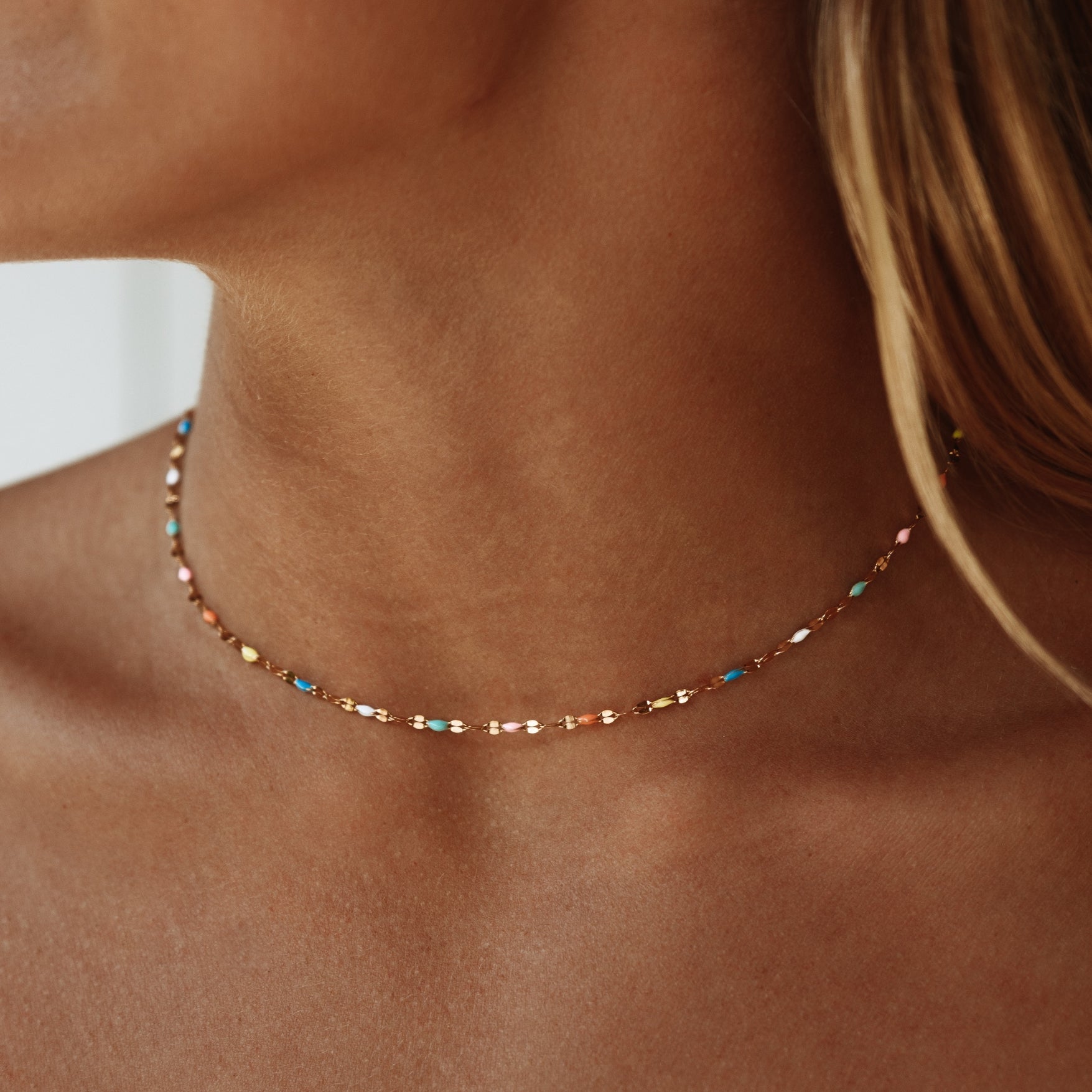
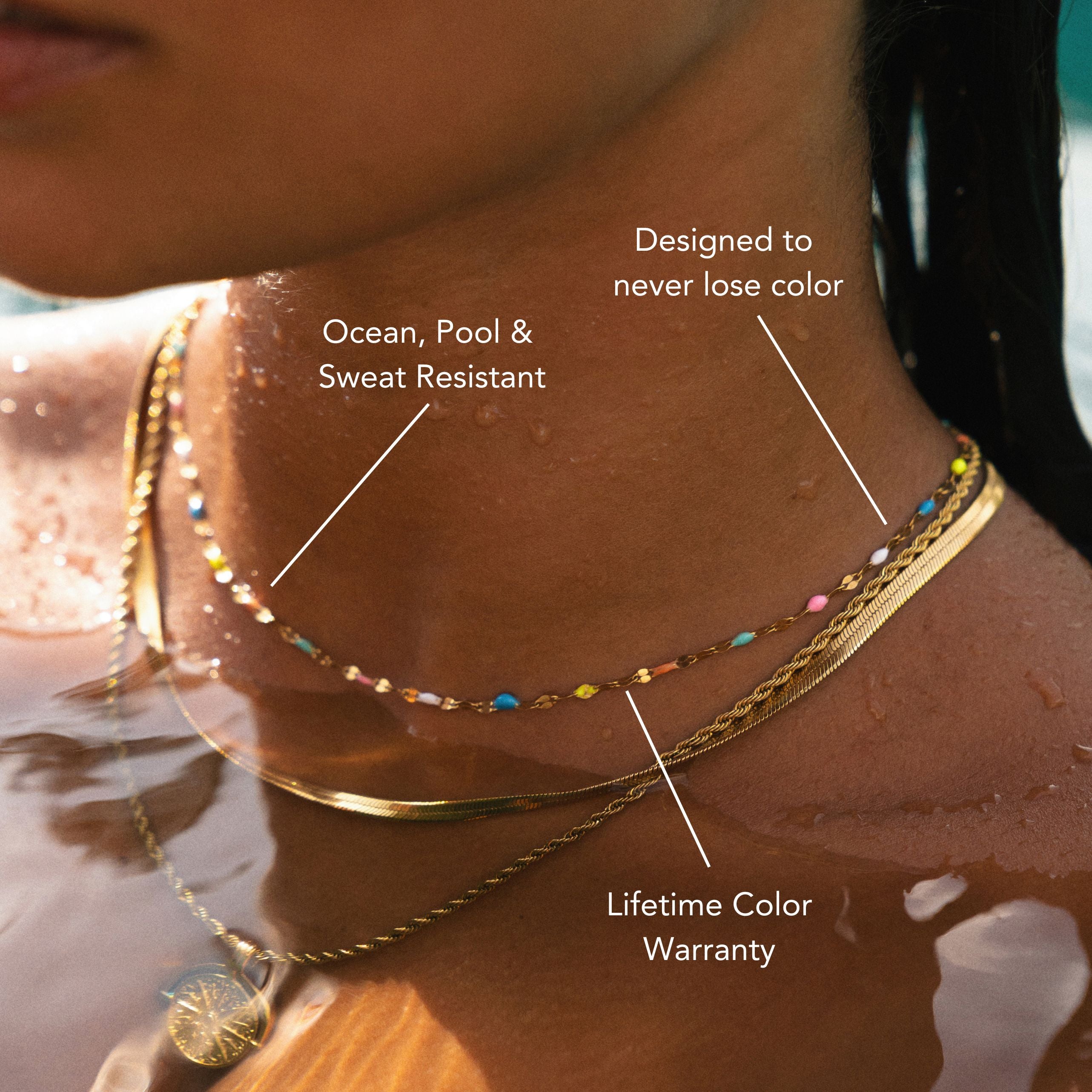
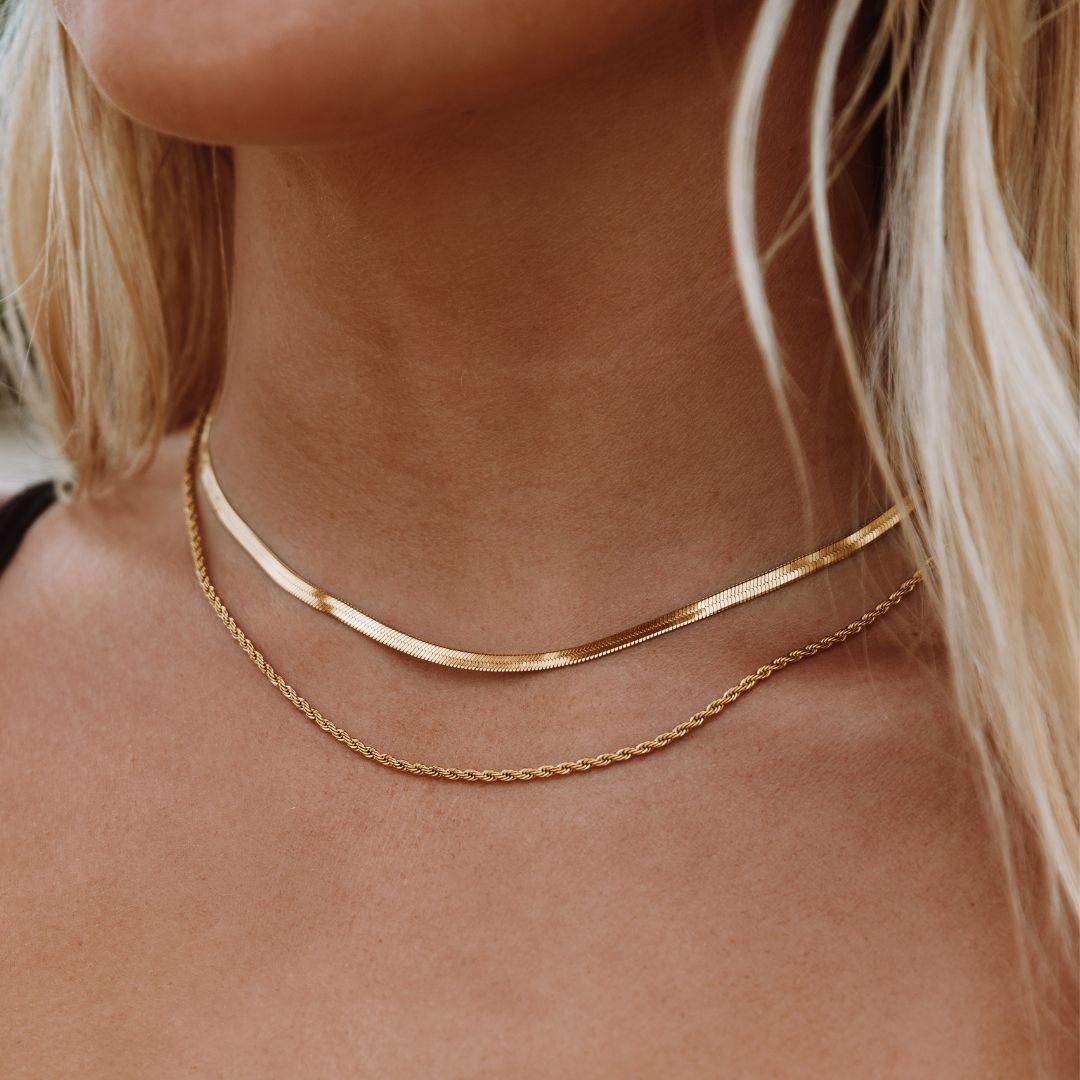
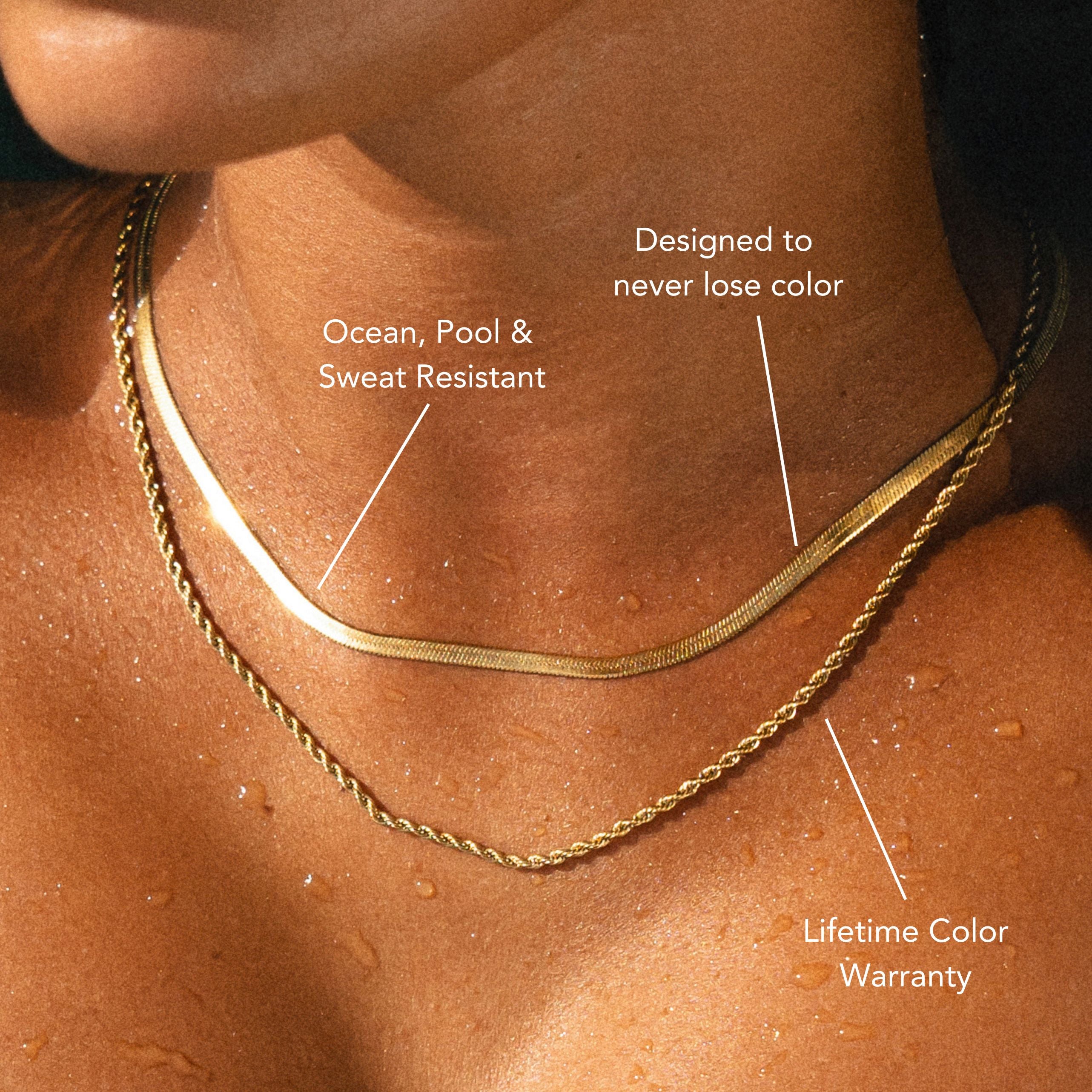










コメントを書く
このサイトはhCaptchaによって保護されており、hCaptchaプライバシーポリシーおよび利用規約が適用されます。